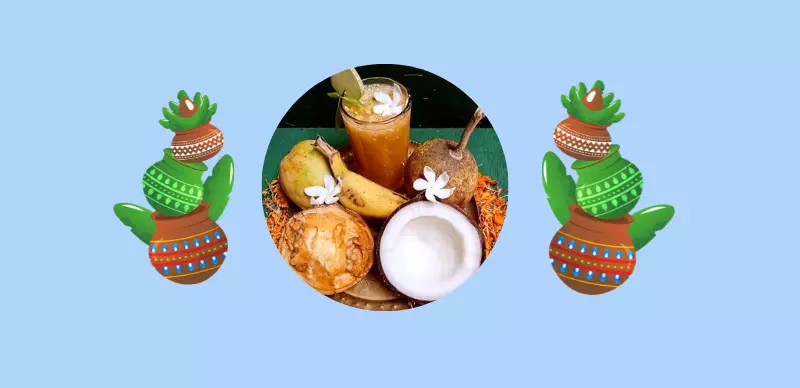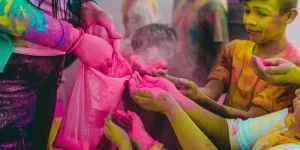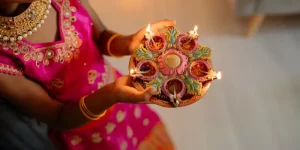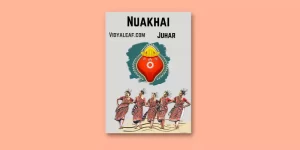Pana Sankranti is the traditional new year festival day of Odia people in Odisha. It is also known as Maha Bishuba Sankranti. The festival falls in the Solar Odia Calendar, on the first day of the traditional solar month of Mesa, hence the equivalent lunar month Chaitra. The day symbolizes the arrival of a new year by offering prayers to God and Goddesses and by fulfilling some unique traditions. Pana Sankranti is celebrated with visits to Shiva, Shakti, and Hanuman temples. People take baths in major pilgrimage centers. Feasts and special drink Pana is prepared.
Significance of Pana Sankranti
Pana Sankranti has a unique way of celebrating among the Odia people. According to Odia Hindu traditions, this day is an auspicious occasion of Lord Hanuman’s birth. It is celebrated to bring an end to the old year and start a new and fresh beginning of the year. As New Year begins in hopes and desires for a promising future, people pray to God and Goddess for health and wealth. However, farmers also pray for a good harvest and plentiful rain.
History
The Pana Sankranti is accepted to be the birthday of the Hindu God Hanuman, whose most loving devotion Rama (seventh incarnation of Lord Vishnu) in Ramayana is traditional. His temples, along with those of Lord Shiva and Surya are admired in the new year.
Hindus also visit the Goddess Devi temple on Pana Sankranti to seek blessings. The temples include Tara Tarini temple in Ganjam, Cuttack Chandi in Cuttack, Biraja temple in Jajpur, Samaleswari temple in Sambalpur, and Sarala temple in Jagatsinghpur. The priests or Devotees who have some wish or desire to fulfill walk on hot coals at Sarala Temple in the Jhaamu Yatra, the fire walking festival. At the Maa Patana Mangala temple in Bhadrak, the Patana Yatra festival is held from 14 April to 21 April. Pana Sankranti is known as Chadak Parva in northern Odisha.
The Meru Yatra festival is celebrated at the end of the month- the Danda Nata dance festival in Southern Odisha. Thousands of devotees gather at the Shakti Pitha holy place in the Tara Tarini temple because it is one of the auspicious days during the Chaitra Yatra.
The significance of the day is that the New Odia Calendar or Panjika is also introduced which is a yearbook of Hindu festivals and contains the dates of festivals, auspicious days, and timings of sunrise and sunset along with horoscopes for the year.
Bela Pana
People from all over the state eat Chhatua and drink Bela Pana to remark the occasion. The Bela Pana is prepared with Bael, milk, Chhena, fruits, Cashews, Coconut, Yoghurt, sugar or jaggery, spices such as Black pepper Powder, and ginger.
Basundhari Theki
Basundhari Theki is an important ritual observed during Pana Sankranti. A framework is constructed of Caster branches, Coconut leaves, or banana stem over the Tulsi plant near Chaunra. It provides shade by using leaves from the branches. A small earthen pot is hung over the holy basil plant which is known as Theki.
A small hole is made at the end of the pot or Theki and is placed at the top of the basil plant. The prepared Bela Pana is used as Bhoga and is poured into the earthen pot and a Kusha (holy grass) is inserted at the end of the pot so that the Pana keeps dripping on the plant. The pot is refilled with water or Bela Pana throughout the month.



